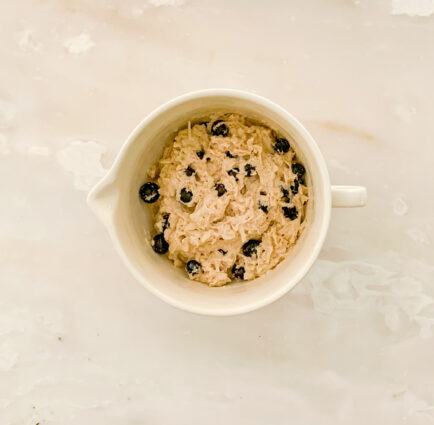
One of the things I cherish most about the summer is all the wonderful, fresh fruit at our local farm stands. Fruit picked fresh from the farm just tastes so much better than the ones in our grocery stores. It smells fresher, and tastes much sweeter and more delicious. Local orchards know their crops, which ensures that they are picked at their peak ripeness. The flavors are noticeably better, and more true to the fruit. They are then brought to the stand within a day or two, rather than being frozen for weeks before they arrive at the grocery store.
When you buy locally, you get more than just better tasting fruit: the fruit is also better for you the sooner you buy it after it has been picked. When fruits are first picked, vitamins C, E, A and some B vitamins begin to deteriorate. Exposure to light and temperature changes during shipping can affect this as well, so purchasing fruit picked yesterday is better than fruit picked two weeks ago and shipped to your local store. According to the BBC, there is not a whole lot of difference in nutrition between fresh and frozen produce, so it might well be to your advantage to freeze some summer blueberries.
Buying locally also helps to support the economy in your area and cut down on the use of fossil fuels. Instead of being paid off to your grocery store, the shipping company, and the fruit company, your money goes directly to a company in your area and supports local jobs. And while it might take gasoline to get you over to your market (if you feel comfortable biking or walking, you can do that too, and make the whole venture even more environmentally friendly), buying from a local farm means that the produce was transported only regionally, rather than overseas. So you get to eat good food and help to save the world– how cool is that?!
The best thing of all is that by going to the farmer’s market, you get to know your local growers. They are some of the most kind, friendly, and knowledgeable people out there. I encourage you to ask questions about the produce, their favorite preparations, and what might be good. These people know the crops so well, and they can often direct you to a particular fruit or vegetable that is particularly tasty on that specific day, so keep an open mind.
I hope I have convinced you to look for your local farmer’s market and spend your money there. Now, when you are there, be sure to pick up some apples and blueberries for this recipe. It is worth every penny, I swear. The honey gives it a sweetness that compliments the blueberries and apples beautifully. The yogurt makes sure that this bread is moist and delicious. The cinnamon and nutmeg adds savory goodness, and you get a taste of the sweet, luscious fruit in every bite.
This recipe is courtesy of Sally’s Baking Addiction and will serve 8 people who will love enjoying the last of this summer’s blueberries.
Ingredients for Greek Yogurt Apple Blueberry Bread:
1/3 cup canola, vegetable, or melted coconut oil
6 tablespoons honey
1 large egg
1/2 cup (121g) plain Greek yogurt
1 and 1/2 teaspoons pure vanilla extract
1 cup shredded apple (about 1 apple)
1 and 1/2 cups all-purpose flour, spooned and leveled
1 teaspoon baking powder
1/2 teaspoon baking soda
1/2 teaspoon salt
1 teaspoon ground cinnamon
1/4 teaspoon ground nutmeg
1 cup fresh or frozen blueberries (not thawed)
Preheat the oven to 350°F (177°C) and grease a 9×5 inch loaf pan. (I used parchment paper).

Whisk the oil, honey, egg, yogurt, vanilla, and apple together in a medium bowl until well combined.

In a large bowl, whisk the flour, baking powder, baking soda, salt, cinnamon, nutmeg, and blueberries together.
Pour the wet ingredients into the dry ingredients and mix with a large wooden spoon or rubber spatula until combined.

Avoid overmixing.
Spread batter into the prepared loaf pan.

Bake for 40-50 minutes.
Baking times vary, so keep an eye on yours.
The bread is done when a toothpick inserted in the center comes out clean.
If you find the top of the bread is browning too quickly in the oven, loosely cover it with aluminum foil.
Remove the bread from the oven and set on a wire rack.
Allow to cool completely before slicing and serving.

Cover and store leftover bread at room temperature for up to 5 days.
It’s that simple!

